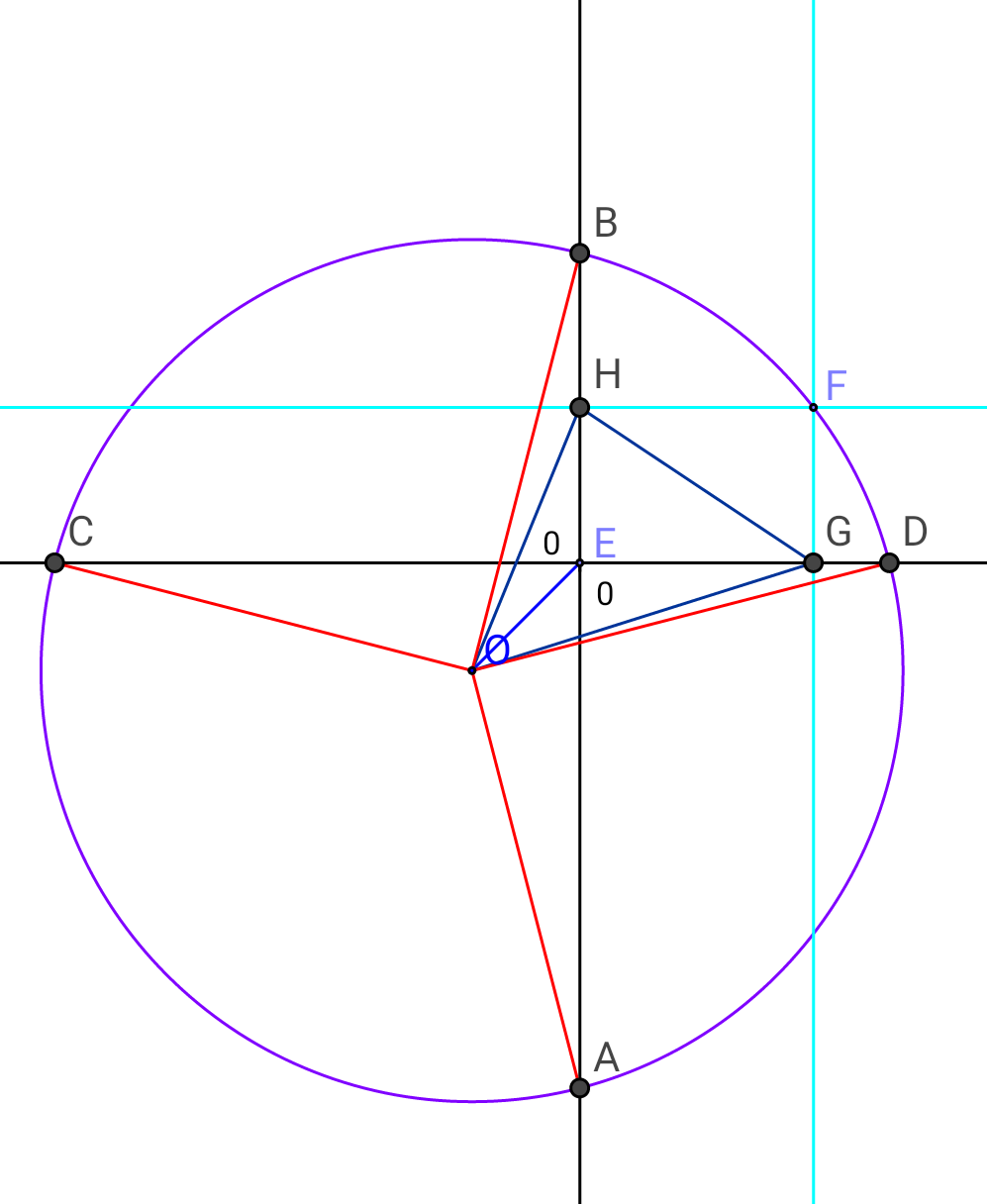
AllQuestion and Answers: Page 1958
Question Number 12148 Answers: 0 Comments: 13

Question Number 12144 Answers: 1 Comments: 0
Question Number 12141 Answers: 1 Comments: 0
Question Number 12139 Answers: 2 Comments: 0
Question Number 12137 Answers: 0 Comments: 0

Question Number 12130 Answers: 1 Comments: 0
$$\int\sqrt{{a}+{x}/{a}−{x}\:} \\ $$$$−\sqrt{{a}−{x}/{a}+{x}} \\ $$
Question Number 12127 Answers: 1 Comments: 1

Question Number 12126 Answers: 1 Comments: 0

Question Number 12132 Answers: 1 Comments: 0
Question Number 12131 Answers: 0 Comments: 0
Question Number 12111 Answers: 0 Comments: 0
Question Number 12109 Answers: 0 Comments: 0
Question Number 12107 Answers: 1 Comments: 2
Question Number 12106 Answers: 1 Comments: 0

Question Number 12103 Answers: 0 Comments: 0
$${Evaluate}\:\int\frac{{ln}\left(\mathrm{1}+{x}\right)}{\mathrm{1}+{x}^{\mathrm{2}} }{dx} \\ $$
Question Number 12102 Answers: 2 Comments: 0
$${Evaluate}\:\int\frac{\mathrm{1}}{{cos}^{\mathrm{2}} \left({x}\right)}{dx} \\ $$
Question Number 12101 Answers: 1 Comments: 0
Question Number 12100 Answers: 0 Comments: 0
$${Evaluate}\:−\int_{\mathrm{0}} ^{\infty} {e}^{−{x}} {ln}\left({x}\right){dx} \\ $$
Question Number 12098 Answers: 2 Comments: 0
$${Evaluate}\:\int\sqrt{{x}^{\mathrm{2}} −{a}^{\mathrm{2}} }{dx} \\ $$$$ \\ $$$$ \\ $$
Question Number 12096 Answers: 1 Comments: 0

Question Number 12094 Answers: 0 Comments: 0
Question Number 12093 Answers: 1 Comments: 0
Question Number 12092 Answers: 0 Comments: 0
Question Number 12087 Answers: 1 Comments: 0
Question Number 12085 Answers: 2 Comments: 0

Question Number 12082 Answers: 1 Comments: 0

Pg 1953 Pg 1954 Pg 1955 Pg 1956 Pg 1957 Pg 1958 Pg 1959 Pg 1960 Pg 1961 Pg 1962
